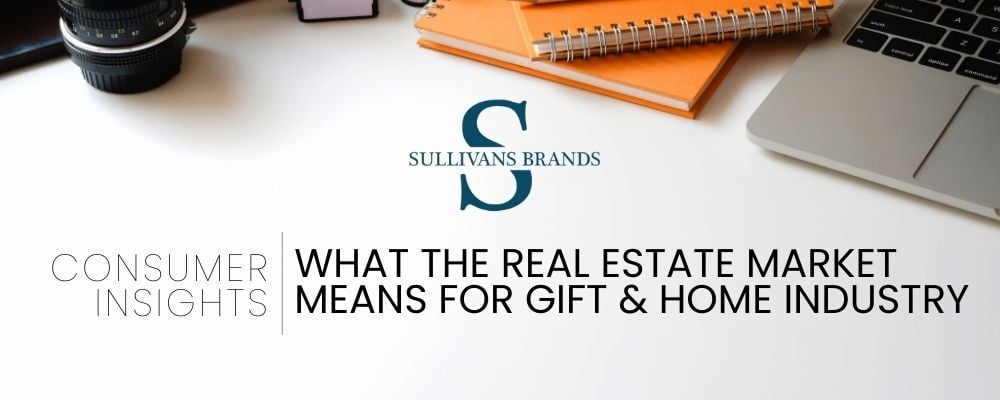Back
SHOP BY FEATURED
- Early Buy Sale - 20% OFF
- Easter Décor & Gifts
- Store Display Products
- Vance Kitira New Scented Jar Candles
SHOP BY PRODUCT
SHOP BY BRAND
Back
CONTAINERS
- Trending Containers
- Best Sellers
- Ceramic
- Glass
DÉCOR
OUTDOOR DÉCOR
WORKSPACE DÉCOR
HOME FURNITURE
NOVELTY DÉCOR
- Favorites
- Spring Bunnies
- Gnomes
- Décor Objects
- Pear Candles
KITCHEN
- Collections
- Celebration
- Christmas Cardinal
- Fall Foliage
ACCENTS & TRIMMERY
Back
Darren Gygi Artwork
Back
CHRISTMAS ORNAMENTS
DÉCOR ACCENTS
- Featured
- Angels
- Deer/Moose
- Gnomes
- Light Up The Night
FALL & HARVEST
- Collections
- Berry Eucalyptus
- Fall Berry Leaf
- Fall Mixed Foliage
PINE
TREES
TRENDS & THEMES
- Fun & Festive
- Happy Haunts
- Holiday Hosting
- Holiday Vibes
- Sparkle
- Wags & Wishes
Valentine's Day
Easter & Spring











